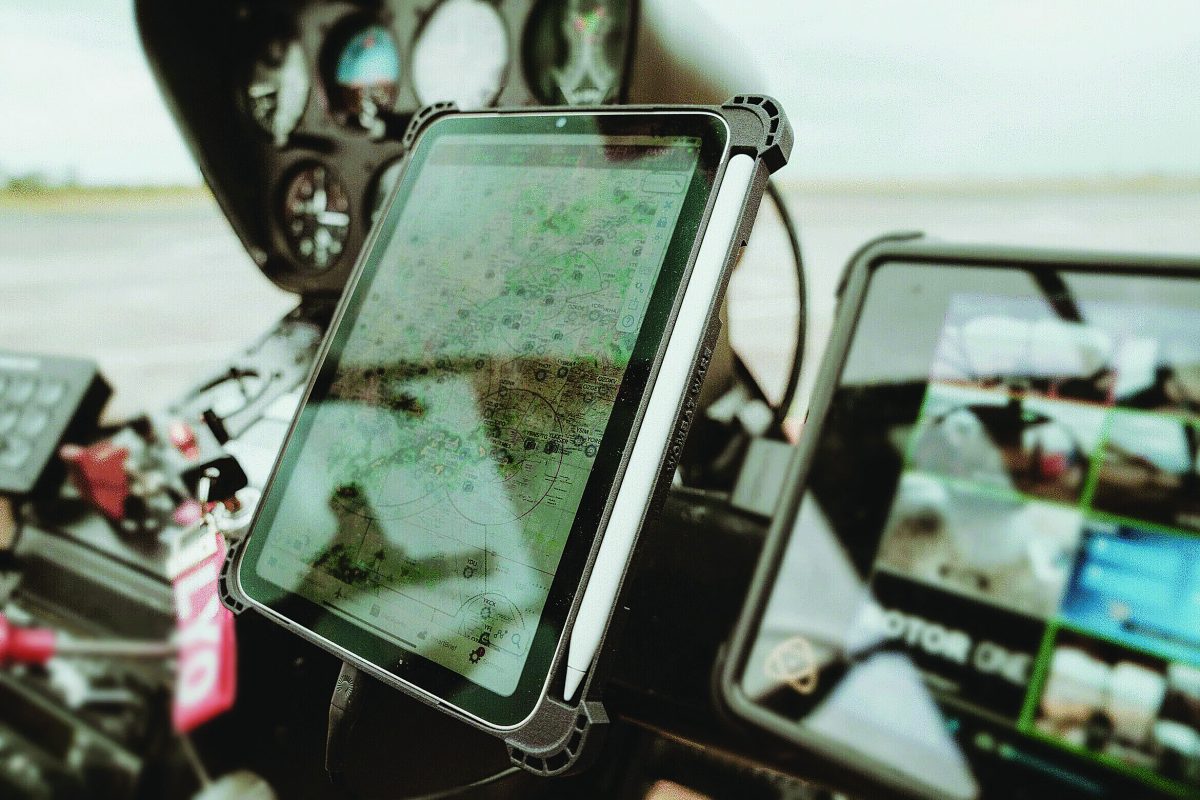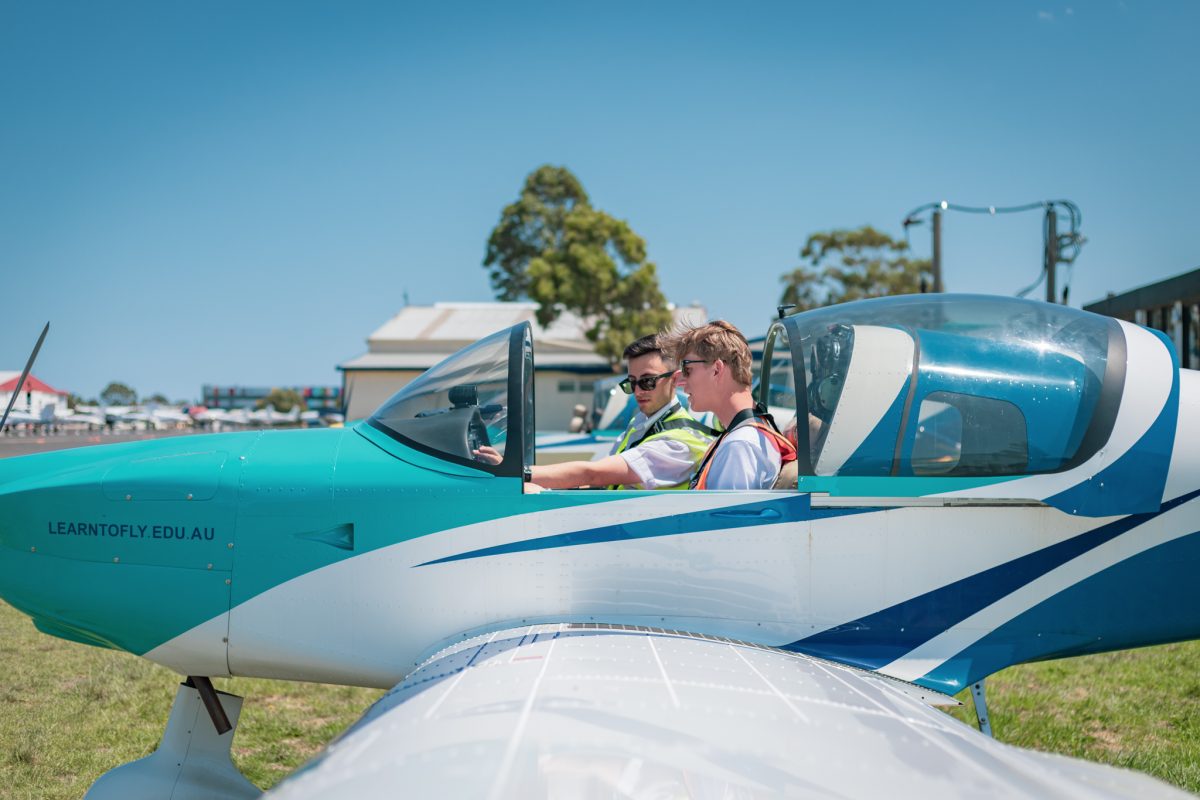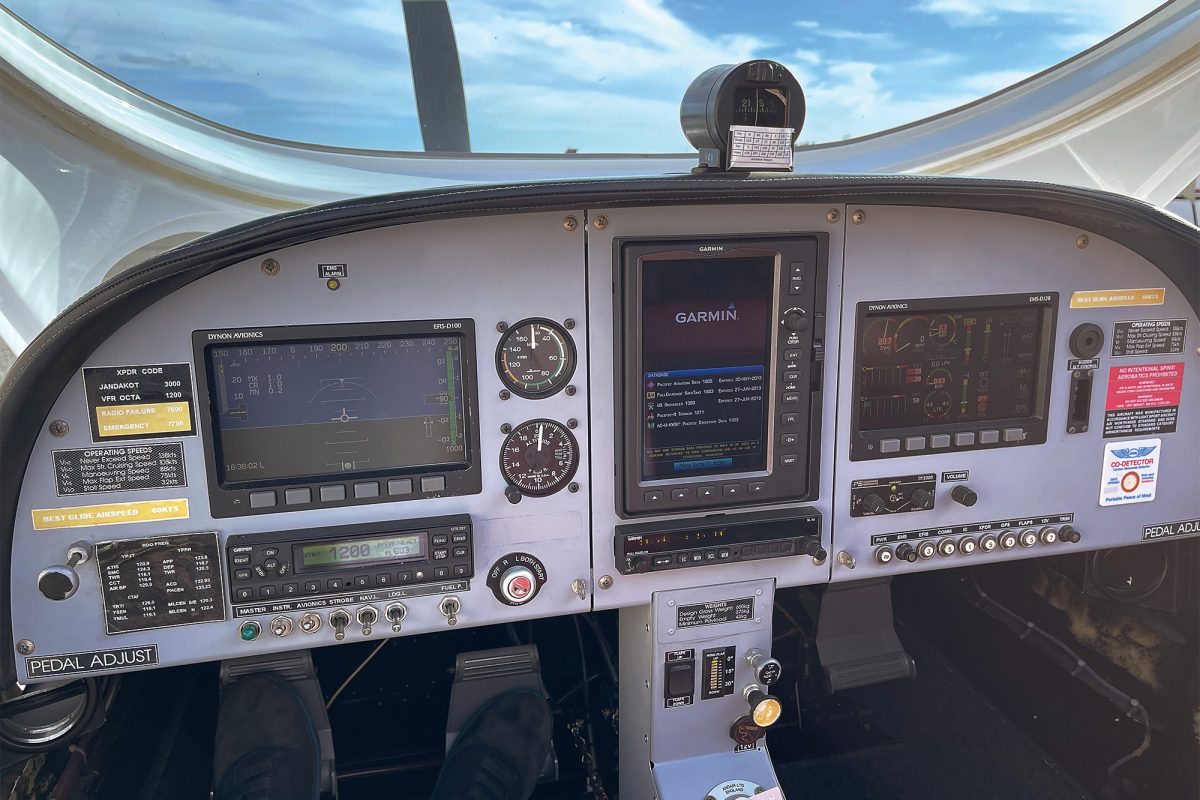JULY – OCTOBER 2022 SAFETY DATA
- 2 Fatal Accidents
- 3 Aircraft Destroyed
- 19 Aircraft Damaged
- 5 Injuries
- 15 Flight Training Occurrences
- 23 Private Operations Occurrences
LOSS OF CONTROL
Loss of control continues to be the number one cause of injury and aircraft damage within RAAus occurrences, resulting in one aircraft being destroyed, two aircraft with substantial damage, and two aircraft with minor damage in the period from 1 July to 31 October.
Environmental conditions, including strong winds and crosswinds during landing, was a common contributing factor in multiple loss of control occurrences reported to RAAus. Pilots are advised to review RAAus’ new Loss of Control Series at www.raaus.com.au/LOC
ENGINE FAILURE OR MALFUNCTION OCCURRENCES
RAAus had five engine failure or malfunction occurrences reported between 1 July and 31 October. Of these five occurrences, two involved rough running in Rotax engines, one of which resulted in a total engine failure. However, the engine was successfully restarted in flight.
The remaining three engine failures occurred in Jabiru powered aircraft of which two were determined to be fuel-related issues.
LANDING GEAR FAILURE
Landing gear failure was reported as a primary cause in three occurrences within the period from 1 July to 31 October, and as a secondary cause in two further hard landing occurrences, resulting in a total of five landing gear failure events. Aircraft owners are reminded of the importance to thoroughly inspect landing gear components during routine maintenance and pilots are reminded to report hard landings to ensure the completion of a hard landing inspection prior to failure. Owners of aircraft used within a flight training environment, with a high number of landings, or operating from rough airfields are recommended to replace undercarriage components more regularly than required within the manufacturer’s schedule of maintenance in an attempt to prevent undercarriage failure.
NEAR COLLISION
Near collision occurrences continue to be one of the most common occurrence types reported to RAAus and occur most commonly within the circuit. Pilots are reminded of the importance of maintaining an active scan for other aircraft and to ensure that standard circuit procedures and thorough radio communications are maintained at all times when operating within the vicinity of an airfield.
OCCURRENCE SUMMARIES
Occurrence Classification: Loss of Control
Operation type: Flight Training – Dual
Injuries: Nil
Damage: Substantial
During a dual training flight, the student conducted a late flare which resulted in a bounce during landing. A go-around was conducted, however, the aircraft drifted to the left and the wingtip impacted a crop adjacent to the runway. The aircraft came to rest upright in the crop off the side of the runway and the aircraft sustained substantial damage.
Review of the occurrence identified that weather conditions included 15-20kt winds at the time of the accident. Strong wind, crosswind, or tailwind conditions are common contributing factors in loss of control events. Pilots should be prepared to immediately conduct a go-around in the event of a bounce, and instructors are reminded of the importance of control management, particularly in the event that the aircraft becomes unstable during take-off or landing.
Occurrence Classification: Loss of Control
Operation type: Private
Injuries: Serious
Damage: Substantial
During take-off, the pilot lost directional control of the aircraft. The aircraft veered to the left and impacted the ground, resulting in serious injuries to the pilot and substantial damage to the aircraft. During review of the occurrence it was identified that the pilot had approximately 40 hours of total flight experience but did not hold a Recreational Pilot Certificate. The pilot had purchased their own aircraft and conducted several hours of non-supervised flight in the aircraft prior to the accident.
Operation of an RAAus aircraft without holding a Recreational Pilot Certificate (RPC) is a breach of the Civil Aviation Act, and as such, this occurrence was reported to CASA in accordance with our mandatory reporting requirements. Pilots must ensure that they are appropriately qualified to operate an aircraft prior to flight, including a current BFR, membership, medical and aircraft registration. This accident highlights the importance of maintaining compliance and conducting dual flight training with an instructor when converting to a new aircraft type.
Occurrence Classification: Aircraft Preparation
Operation type: Private
Injuries: Nil
Damage: Nil
During pre-flight inspection the pilot forgot to remove the pitot cover. During take-off, the pilot observed that airspeed was not active and successfully aborted the take-off. The pilot returned the aircraft to the hangar and elected not to fly. Review of the occurrence identified that the pilot had not flown solo for over a year and was not experienced on the aircraft type. This occurrence is a strong reminder of the importance for pilots to conduct a refresher flight after an extended time since last flight. This is particularly important in an unfamiliar aircraft type. RAAus commends the pilot for reporting this occurrence to RAAus and for making the decision not to continue with a flight immediately following the occurrence.
Occurrence Classification: Hard Landing & Landing Gear Failure
Operation type: Flight Training – Dual
Injuries: Nil
Damage: Minor
A pilot was conducting dual flight training for conversion from a CASA licence to a Recreational Pilot Certificate (RPC) with RAAus. The aircraft experienced a hard landing, during which the instructor took control and conducted a go-around, unaware that the left main undercarriage wheel had departed from the aircraft. The instructor conducted the next landing which was uneventful, however, the aircraft leant to the left and the occupants could hear the undercarriage grinding on the runway. The aircraft slowly veered to the left, coming to a stop on the edge of the runway at 90 degrees to the runway direction.
Whilst this occurrence took place with a pilot converting to RAAus, it also emphasises the importance of conducting dual flight training when converting to a new aircraft type, or for pilots who are not current. A hard landing inspection must be carried out by a qualified maintainer in the event of a hard landing, even if no visible damage occurs. Instructors are reminded to remain vigilant during dual flight training about taking control of an aircraft if it becomes unstable during take-off or landing, in order to prevent an accident from occurring.
Occurrence Classification: Aircraft Fire
Operation type: N/A
Injuries: Nil
Damage: Destroyed
An aircraft owner placed a battery charger on his aircraft in order to charge the battery. Approximately 15 minutes later, the owner returned to the hangar to find a large hangar fire had destroyed the aircraft as well as another aircraft located within the hangar.
RAAus has had a number of occurrences reported where aircraft charging issues have resulted in fire, both through the use of battery chargers, as well as from incompatible aircraft charging systems resulting in a fire during flight. Aircraft owners and maintainers are reminded of the importance of ensuring that aircraft batteries and chargers are compatible prior to use. This is particularly important for aircraft fitted with lithium batteries, which may require specific equipment for charging. All batteries to be fitted to an aircraft should be confirmed to be compatible with the aircraft charging systems and particular caution should be applied when using battery chargers. If in doubt, check with your aircraft manufacturer prior to installation of a new battery to ensure compatibility.








